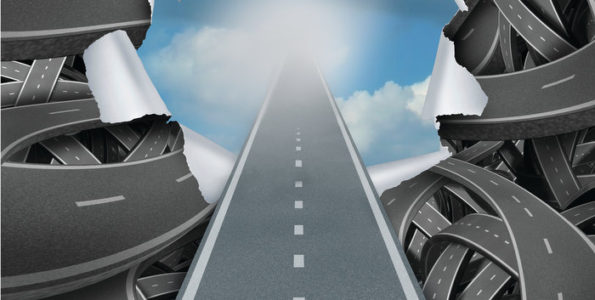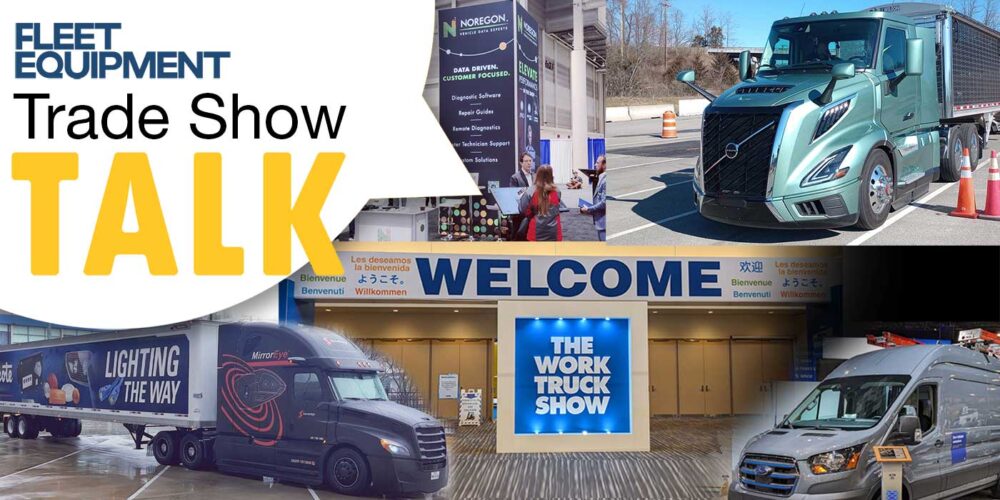The update
A new regulatory update was posted last April, and it states that an inspector must have a load/inflation chart for the given tire size and load range. We wanted to know what impact this has had on CSA violations.
Cooper Tire points out that the tire maintenance factors included in the CSA are items that relate to the safe operation of the tires. They are important to fleets because CSA ratings can be important when negotiating business with some customers for insurance rates. “Tire maintenance is important to the performance and safety of your tires. Tires and wheels/rims should be thoroughly inspected on a regular basis, before each trip and daily during continuous service, with special attention to inflation pressures, they advise. “Maintaining proper inflation pressure in tires is the single most important factor in extending tire life. Over- and under-inflation have negative effects on the tire by changing the tire’s footprint, which is the area contacting the road. Underinflation causes excessive heat buildup and internal structural damage. Overinflation makes it more likely for tires to be cut, punctured or broken by sudden impact. When the tire is not contacting the road as the tread design intended, the tread area will wear irregularly and therefore rapidly wear the tread surface. The load carried for each tire determines correct inflation pressure.”
The company goes on to say that the inflation should be based on a scale weight by axle and the load/inflation chart for that tire size. There are two scales for truck tires. One is for singles, like steer tires, and the other is for dual tires.
A 12,000 lb. steer axle with 295/75R22.5 tires calls for a minimum of 110 PSI to carry 6,175 lbs. per tire. A 13,000 lb. axle calls for 120 PSI to carry 6,610 lbs. per tire. A dual axle may weigh 18,000 lbs. That is 4,500 lbs. per tire and 85 PSI would carry 4,690 lbs. per tire. Make sure that you have an accurate scale weight by axle before doing this calculation, they advise. A guess is not sufficient.
A tire operating at 80% or less than its inflation standard makes the tire a “run flat” tire. The tire must be removed and inspected for damage. One example of damage is called a “zipper rupture.” A zipper rupture is a tire with a line of exposed broken cords that usually measures 12 in. or more located in the mid- to upper-sidewall of the tire. The rupture resembles a zipper and is usually caused by under inflation leading to fatigue. A tire with this condition should be approached with caution and evaluated by a qualified technician. For more information on the proper handling of conditions such as a zipper rupture or others which may occur due to under or over-inflated tires, reference materials provided by the Rubber Manufacturers Association.
Michelin adds that while this new regulation is an improvement, without a method to measure the load on a specific axle or tire, it may still be difficult to determine if a tire is being operated in an overload condition. Fleets (and drivers) will have documentation as to what constitutes an under-inflated tire.
CSA impact and fleet tire maintenance
The tire maintenance factors included in the CSA relate to the safe operation of the tires, which are important to fleets because CSA ratings can come into play when negotiating business with some customers for insurance rates, Cooper Tire notes.
Goodyear points out that the existence of CSA has encouraged some fleets to become even more vigilant and proactive when it comes to tire maintenance. They recommend that drivers and fleets conduct pre-trip inflation pressure checks, plus regular tread depth checks. Visual inspections are recommended as well, and checking wheel conditions is a worthwhile practice. They recommend Goodyear commercial tire dealers and Goodyear Commercial Tire and Service Centers to help with said problems.
“Fleets are definitely conscious of the standard, and most take proactive steps to ensure that they achieve desirable scores,” Michelin’s Crehan adds.
Yokohama points out that well-managed fleets, which already had good maintenance programs and practices, were not as affected as those fleets that didn’t.














